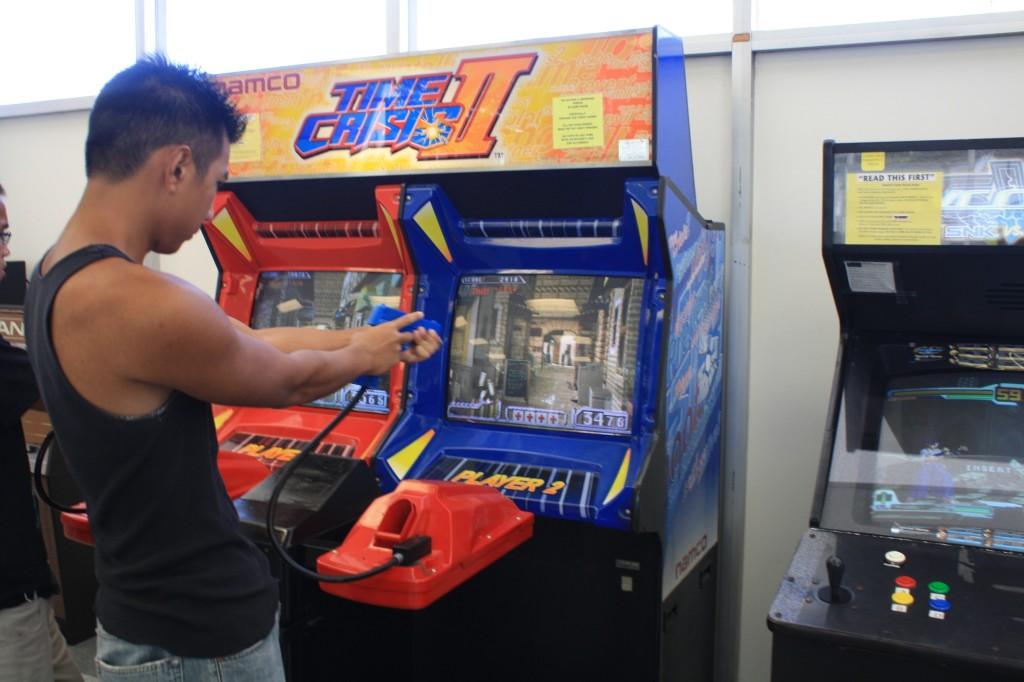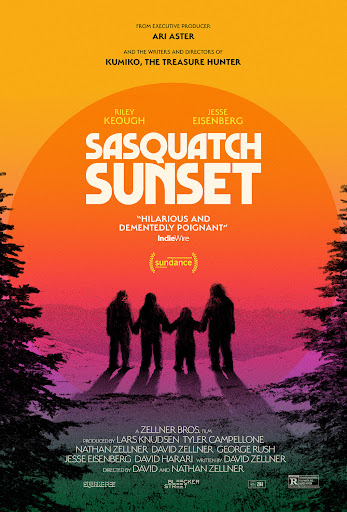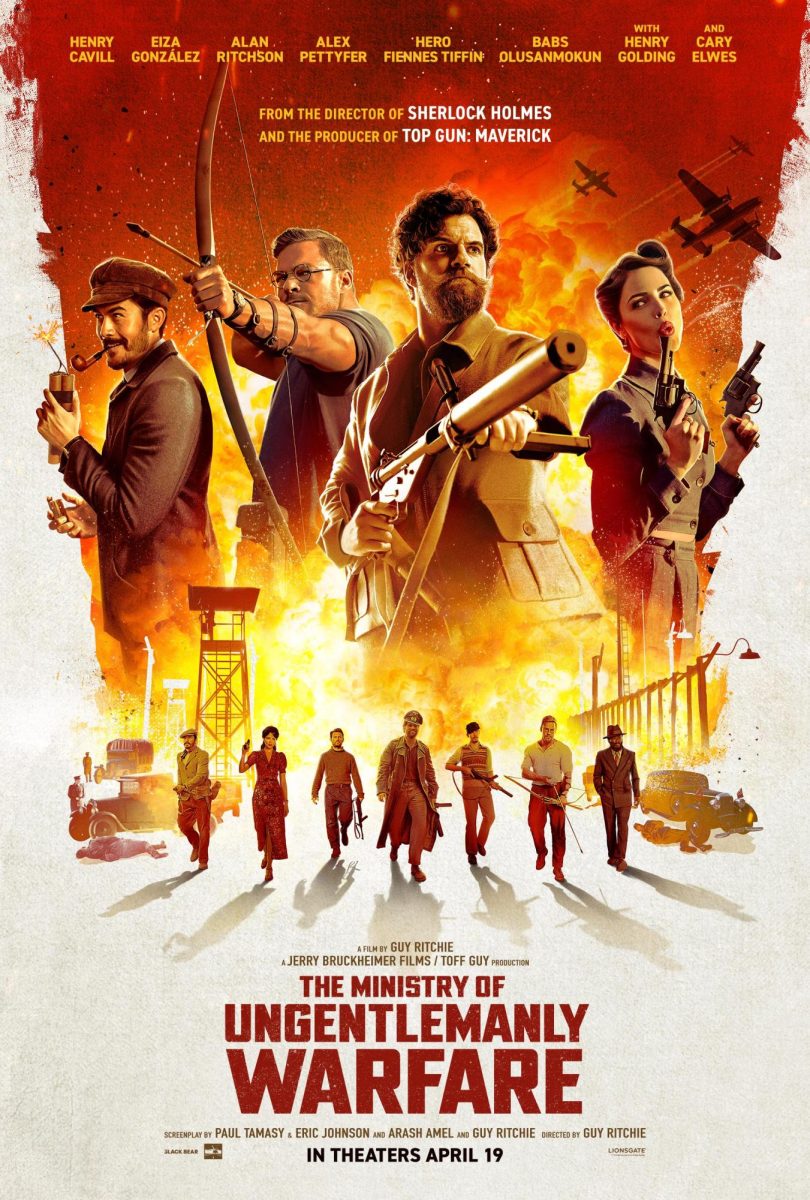At Cerritos College there is a diverse mix of students coming from many different backgrounds and cultures. It is visibly apparent how heterogeneous the student body is, but there is one niche in the population that does not show itself so easily.
That niche is with the arcade, its patrons being persons that spend their time playing coin-op games and developing an intricate and subtle culture within these designated areas of amusement.
It should be made clear that this is an actual culture and not just a “scene” for one to pick up and try out like so many fads. For one to understand the arcade, one must give a real commitment to it, no matter how small.
Much like how someone that grows up in a Jewish family must learn the many customs, traditions, and histories of his culture, anyone that visits or frequents arcades must also learn the customs. That’s not to say spending time in an arcade is equivalent to practicing and adhering to the beliefs of a 3,000-year-old religion and philosophy.
But the arcade does have a real culture that provides a “set of shared attitudes, values, goals, and practices that characterizes an institution, organization or group,” as defined by The American Heritage Dictionary of the English Language.
The very first video arcade game in the U.S. was Galaxy Game, a coin-operated version of the Spacewar computer game, that students at Stanford University set up in 1971.
From then to the early ’80s, video arcade games began to pop up in malls, movie theaters, grocery stores and restaurants. The latter spawned some chain restaurants and franchises we know today, such as Chuck E. Cheese’s and Dave and Buster’s.
From ’72 to ‘83 was the advent of the arcade as an environment for enjoyment, but it did not begin its transformation as a cultural ground until the ’90s. The late ’80s saw the arcade fade a bit, but it was the introduction of Street Fighter II in ’91 that gave arcade games a strong revival.
With the arrival of fighting games such as “Mortal Kombat” in 1992, “Killer Instinct” in 1994 and “The King of Fighters” in 1994, arcades were being frequented more and more. The only difference this time was the player.
People that visited arcades in the ’70s and early ’80s were more casual players trying their hand at the immensely popular games at the time like “Space Invaders” in 1978, “Pac-Man” in 1980, and “Donkey Kong” in 1981. Only a few went as far as to familiarize themselves with a game’s levels and master its mechanics.
The fighting games brought the truly passionate and enthusiastic patrons of the arcade, and with them came the beginnings of the arcade culture.
What these two-player fighting games did was add the human-against-human element of head-to-head competition and provide a real social atmosphere.
The atmosphere created is a unique one, not unlike Cerritos College’s game room.
“Street Fighter III: 3rd Strike” is the most popular game in the room, with two players taking each other on and three other people waiting to play the winner at any given time.
Albert Suafa, engineering major, states, “[Street Fighter III:] 3rd Strike is the most popular game in the game room because there’s so much competition.”
The game creates a contest-like environment that lets skilled players test their abilities against each other, and forces new players to “watch how people play and adapt,” says Suafa.
Observing the other players in the arcade is one part of the social atmosphere the arcade creates, and it’s true even in the school’s game room.
If you can’t get past a stage or figure out a certain move, there is always someone that can. Then you can see firsthand how it’s done. You can ask players for help, too. It’s rare for good players to refuse their help to newbies.
Currently, this social aspect is less visible than it was in the past. Randy Nunley, computer science major, says, “Nowadays, people just go to YouTube and watch videos to learn how to play.”
The disconnect from the integral social facet is contributing to the overall death of the arcade. Before the arrival of the internet, you were taught and guided by your fellow arcade patrons.
Now, with YouTube videos, “people can show you something, but they’re not actually there,” Nunley noted. In addition, the ascent of home gaming consoles and online play is making the arcade a thing of the past and its patrons are a dying breed.
There are only a few dedicated arcades left here in the U.S. that aren’t franchised restaurants or bars.
One such establishment, Arcade Infinity, is a prime example of a good arcade gradually going extinct. With around $400 in electricity bills each month, A.I. only brings in about $250 monthly.
Soon, Arcade Infinity will be gone, despite the few people committed to visiting the establishment every week.
For anyone interested in experiencing this unique environment and helping a dying subculture, visit Arcade Infinity at 1380 Fullerton Road in Rowland Heights.











